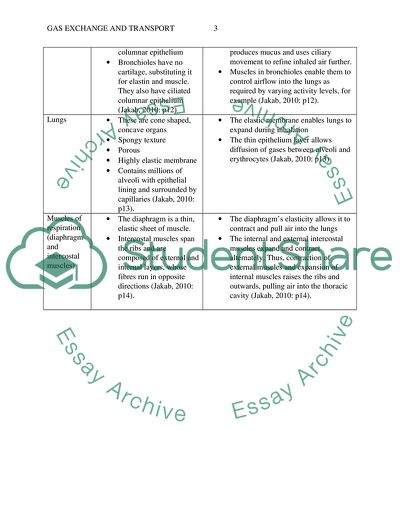Cite this document
(Gas Exchange and Transport Essay Example | Topics and Well Written Essays - 2250 words, n.d.)
Gas Exchange and Transport Essay Example | Topics and Well Written Essays - 2250 words. https://studentshare.org/biology/1840026-gas-exchange-and-transport
Gas Exchange and Transport Essay Example | Topics and Well Written Essays - 2250 words. https://studentshare.org/biology/1840026-gas-exchange-and-transport
(Gas Exchange and Transport Essay Example | Topics and Well Written Essays - 2250 Words)
Gas Exchange and Transport Essay Example | Topics and Well Written Essays - 2250 Words. https://studentshare.org/biology/1840026-gas-exchange-and-transport.
Gas Exchange and Transport Essay Example | Topics and Well Written Essays - 2250 Words. https://studentshare.org/biology/1840026-gas-exchange-and-transport.
“Gas Exchange and Transport Essay Example | Topics and Well Written Essays - 2250 Words”. https://studentshare.org/biology/1840026-gas-exchange-and-transport.


